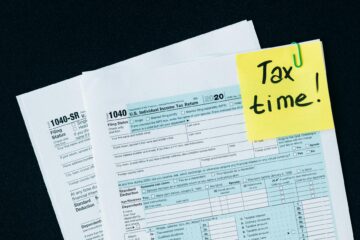This is an article I wrote for the Nashville Chamber‘s HR Notes newsletter
 Have you set up a cafeteria plan for your payroll? If not, you shouldn’t put it off any longer. Cafeteria plans are so nicknamed because they allow employers and employees to choose “a la carte” benefits. More formally, they are also called Section 125 plans, from that section of the IRS Tax Code.
Have you set up a cafeteria plan for your payroll? If not, you shouldn’t put it off any longer. Cafeteria plans are so nicknamed because they allow employers and employees to choose “a la carte” benefits. More formally, they are also called Section 125 plans, from that section of the IRS Tax Code.
Cafeteria plans allow employees to make payroll deductions for health insurance and related expenses pre-tax, saving both employers and employees money by lowering taxable income. Flexible spending accounts (FSAs) are also an option under employer cafeteria plans.
So what can be deducted pre-tax?
Health insurance, dental and vision, supplemental insurance, and FSA items like dependent care assistance and child care all qualify. Life insurance and disability insurance are often also deducted pre-tax, but in most situations should be an after-tax deduction. Make sure to bring this up with your broker if you have questions.
How does it work?
Simply put, the employer is just deducting the cost of benefits from an employee’s gross wages before taxes are calculated, which lowers the amount of taxes that need to be paid. The catch is that a company must have an official Section 125 document in place to qualify for this type of plan. Some insurance brokers charge a hefty sum to set up a cafeteria plan, while some provide it as a free service.
How do you know if you need a cafeteria plan?
In a state like Tennessee that does not have a state income tax, it is easy to come up with an example of the savings that a Section 125 plan would provide:
Let’s say an employee’s gross wage for the period is $1,000. Without a plan in place, in this example, 7.65 percent FICA plus 15 percent federal tax comes to $220, and the employee has $780 income after taxes. If the employee spends $100 on insurance benefits, he/she is left with a $680 check.
But with a plan in place, using the same numbers: The employee’s wages are $1,000 and then $100 is subtracted for insurance benefits, leaving $900 in income. Taxed at the same percentage as before, now there is only $198 in taxes, leaving a net income of $702. So the employee saves $22 in this example (for $1,000 in wages) and the employer saves $7.65.
What are some of the other advantages of having a Section 125 plan in place?
The IRS rules allow employees to only make changes to their benefits during initial enrollment, annual open enrollment or when the employee has a qualifying event, such as a marriage, divorce, birth, adoption or death. This is good for employers because it prevents employees from constantly making changes to their benefits. Another advantage is improved employee retention. Employees see the savings as an added benefit to an already strong benefit package and will be more reluctant to switch employers just for a slight raise.
The logic behind the savings is simple, and the added benefits are a no-brainer. If you don’t have a cafeteria plan set up for your payroll yet, do it now before it gets any later in the year.


